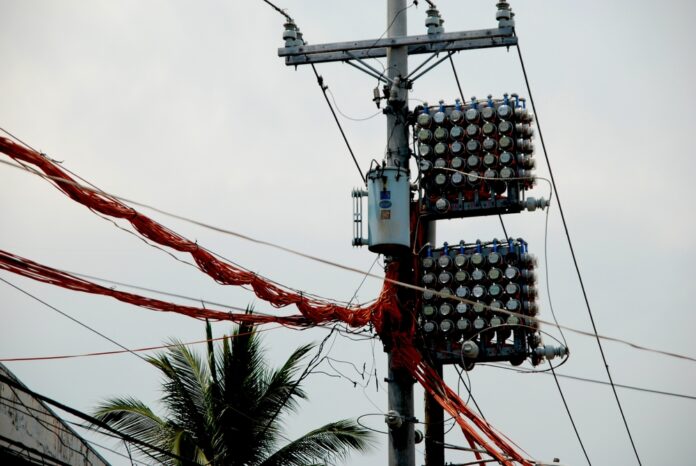Consumers, industries to benefit from lower generation costs amid strong supply, IEMOP reports
The average price of electricity sold at the Wholesale Electricity Spot Market (WESM) dropped by 15.3 percent in April, offering potential relief to consumers and commercial buyers facing rising summer demand. This was learned from data released Monday by the Independent Electricity Market Operator of the Philippines (IEMOP).
The average spot market price fell to P5.52 per kilowatt-hour (kWh) as of 25 April, down from P6.52/kWh in March. The drop is attributed to a strong boost in available supply, which outpaced the simultaneous surge in electricity demand during the peak summer period.
“This improvement in supply was largely due to the moratorium on scheduled maintenance outages during the summer months,” said Arjon Valencia, IEMOP corporate planning and communications manager. This policy is mandated under the country’s Grid Operating and Maintenance Program (GOMP), which ensures higher system reliability during critical periods.
Luzon, the country’s largest grid, saw a 16.5 percent price decrease, with the average dropping to P4.59/kWh in April from P5.50/kWh in March. This came despite a 9.3 percent jump in demand, which rose to 10,613 megawatts (MW), while supply climbed 10.9 percent to 15,000 MW.
In the Visayas, WESM prices dropped 17.6 percent to P4.52/kWh, supported by an 8.4 percent increase in supply to 2,563 MW, which helped cover a 5 percent rise in demand to 2,009 MW.
Mindanao experienced the least price drop of only 6.3 percent, with rates sliding to P4.11/kWh. Regional demand edged up by 3.6 percent to 2,118 MW, while supply grew by 1.8 percent to 3,782 MW.
While generation charges are only part of the overall electricity bill, the decline in spot market prices could ease pressure on distribution utilities and large consumers under contestable supply contracts. This may translate to more stable or even lower retail rates, depending on how long supply remains ahead of demand.
“This trend underscores the importance of grid reliability and prudent maintenance planning,” Valencia added, noting that the sustained availability of power plants plays a critical role in stabilizing electricity costs in a high-demand season.
WESM’s billing period runs from the 26th of the previous month to the 25th of the current month, making April’s data reflective of the 26 March to 25 April interval.







